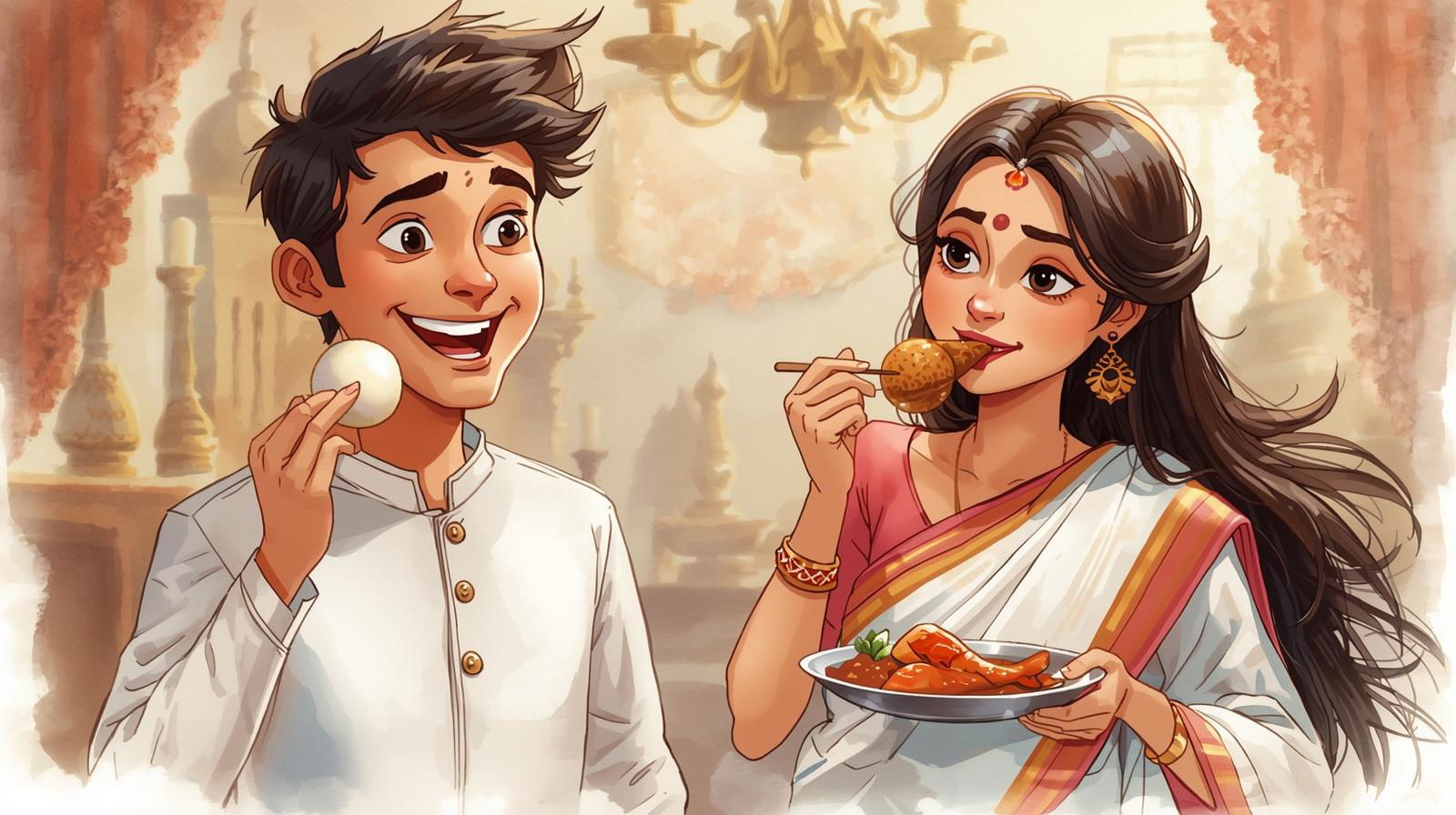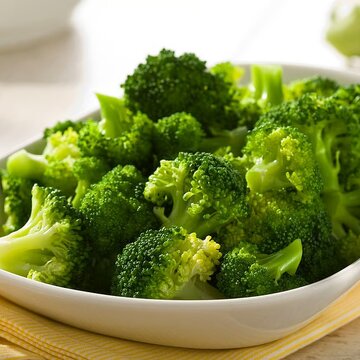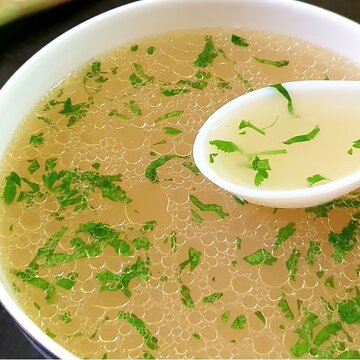Mohan Bagan or East Bengal? Hilsa or Prawn? The rivalry runs deep, and no true Bengali escapes it. As long as Bengal breathes, the friendly feud between Bangal and Ghoti will live on. But when a Ghoti boy marries a Bangal girl or the other way around, the real match doesn’t happen on a football field. It’s in the kitchen.
In a Ghoti household, a touch of sugar finds its way into almost every dish, be it fish curry or dal. The balance of flavour matters. Sweetness, they say, brings grace to the plate. In a Bangal household, however, spice rules. The more heat, the better. Their curries sting, singe, and satisfy. But why such a difference between two people who share the same soil and language?
Also Read | 4 everyday foods that may help lower cancer risks
Where did it all begin?
To find the answer, you have to look back, centuries back. The term Bangal comes from the ancient Banga Desh, roughly around Dhaka and Bikrampur. The people there were traders, travellers, and lovers of bold flavours. Ghoti, on the other hand, traces its roots to Gauda, ruled by King Shashanka, a land of abundance and art. Over time, Gaudiya became Ghoti, and Banga became Bangal. Two regions, two temperaments, two kitchens.
Why Ghoti food is sweet?
Gauda was once rich in sugarcane fields. Jaggery and sweets weren’t just food but they were pride. Guests were greeted with laddoos and sandesh. Naturally, a little sweetness slipped into daily cooking. From chholar dal to kosha mangsho, the Ghoti palate grew used to that mellow note that rounds off a meal.
Also Read | Why your hands need extra care too: Expert tips to choose the right hand cream
Why Bangal food is spicy?
The Bangal kitchen tells a different story. Centuries ago, traders brought cloves, cinnamon, and black pepper to the eastern delta. When the Portuguese brought chillies to India in the 16th century, they reached Bengal soon after and the Bangals made them their own. A Bangal machher jhol or chingri malaikari doesn’t whisper; it speaks loud and clear, full of spice and soul.
In the end, whether you like your food sweet or fiery, the heart of Bengal beats in both. The Ghoti stirs the sugar, the Bangal sprinkles the chilli and together, they tell the most flavourful story of all.











